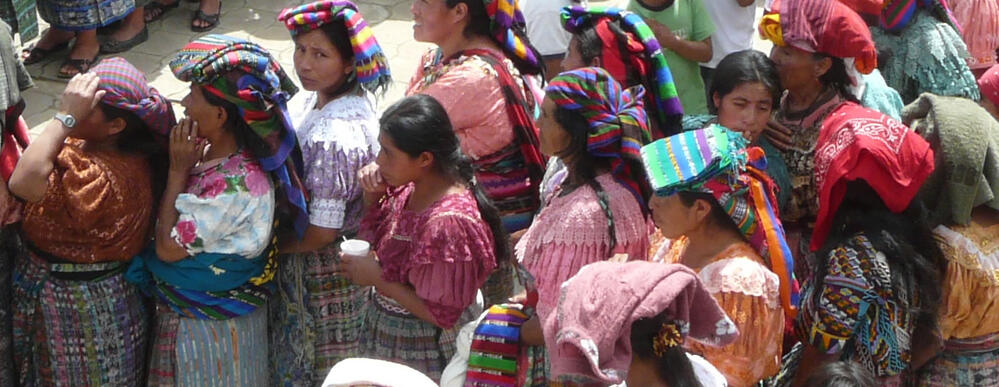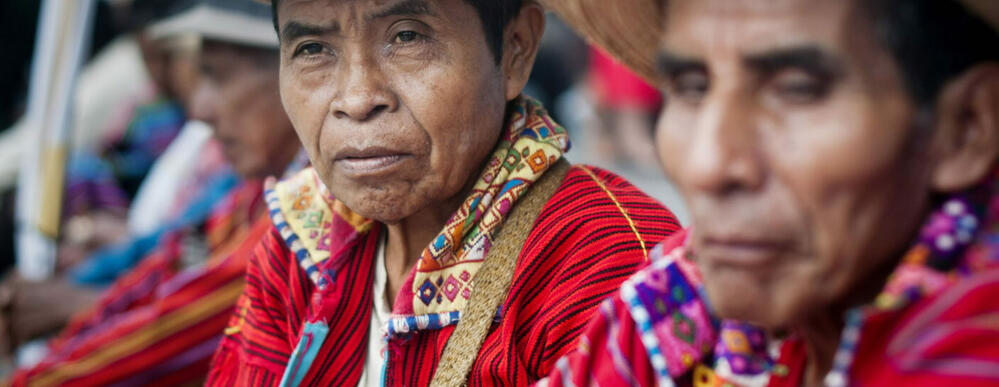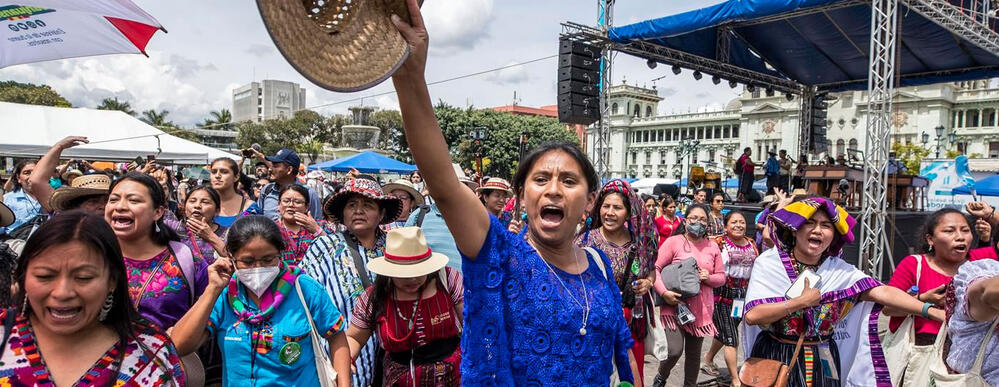Posted on Oct 06, 2023 |
Columbus Day, known as Día de la Raza (Day of the Race) in Guatemala and in many Latin American countries, holds a complex and multifaceted significance for the region. Depending on one's cultural perspective, this day goes by different names like "Día de la Hispanidad (Hispanic Day)," "Día de la Resistencia Indígena (Indigenous Resistance Day)," and more.
It commemorates the first encounter between indigenous peoples and the Spanish, marking a turning point in history. However, this day has evolved over time and carries distinct meanings for different communities.
Historical Significance in Guatemala:
The historical significance of Columbus Day traces back to October 12, 1492, when Christopher Columbus arrived in the Americas. In Guatemala, it gained prominence during the presidency of Manuel Lisandro Barillas in 1892, who organized a commemorative event to mark 400 years since Columbus's arrival. Later, in 1913, Faustino Rodríguez-San Pedro, the Spanish president of the Ibero-American Union association, inspired by the idea proposed by the Spanish journalist José María González García, named this day "Día de la Hispanidad." It was seen as a way to unite Hispanic people. However, these celebrations were largely informal as there was no official legislation to establish them.

Indigenous Resistance and Diverse Perspectives:
The discovery of America and the subsequent Spanish colonization, often marked by hostile methods, prompted the term "Día de la Raza (Race Day)" in recognition of the conflicts that arose. However, for various ethnic groups across Latin America, including the Mayans in Guatemala, it is referred to as "Día de la Resistencia Indígena (Indigenous Resistance Day)." This reflects the ongoing struggle against subjugation and oppression.
Diverse Names Across Latin America:
Latin American countries have given Columbus Day various names, reflecting their unique perspectives and historical experiences. For instance, it is "Día de Los Indigenas (Indigenous Day)" in Latino communities in the United States, "Día de la Diversidad Cultural (Day of American Cultural Diversity)" in Argentina, "Día del Descubrimiento de Dos Mundos (Day of the Discovery of Two Worlds)" in Chile, and so on. In Guatemala, it is known as "Día de la Unidad Nacional (Day of National Unity)."
The Guatemalan Context:
Guatemalan Mayan and peasant organizations prefer to call October 12 "Day of Indigenous Resistance" to highlight their history of subjugation and discrimination, even during times of slavery. It wasn't until the Peace Signing in 1996 that the country officially recognized the need to build a pluricultural, multilingual, and multiethnic society, based on coexistence among different communities. Approximately 60 percent of Guatemala's population has indigenous roots.
Remembering History and Seeking Unity:
On this day, many in Latin America harshly criticize the Spanish invasion and colonization, acknowledging the cruelties inflicted upon indigenous peoples. History reveals that the Spanish brought diseases, ruthlessly mistreated indigenous communities, and exploited resources for their mercantile system. However, some also advocate for cultural unity and peace through reconciliation, recognizing the birth of a new culture that blended Hispanic and indigenous elements.
Conclusion:
For Guatemala and its Mayan culture, as well as all indigenous ethnic groups in Latin America, this day represents the Day of Indigenous Claim over the Spanish conquest. It is a time for reflection on the past, recognition of the ongoing struggle for rights and recognition, and an opportunity to celebrate the rich diversity and heritage that has shaped the region's identity. Columbus Day, in all its complexity, continues to evolve, reflecting the changing attitudes toward colonial history and indigenous heritage in Latin America.
Latest Posts
-
Easter Week 2025 Schedule Processions Antigua Guatemala
- Mar 02, 2025 -
Ten Beautiful Words in the Spanish Language
- Jul 13, 2024 -
Easter Week 2024 in Antigua Guatemala
- Feb 04, 2024


